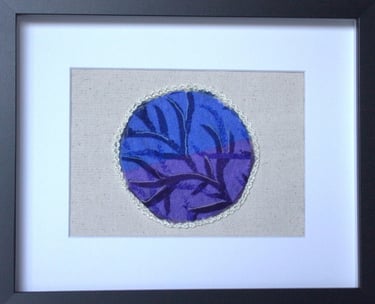Brain and Perception Changes
The work explores a personal experience of spending time with the father of my children, who is affected by Parkinson's disease and cognitive decline. It examines the neurological changes, perception, and personal orientation connected to past, present, and language communication difficulties. Looking at brain scans of healthy individuals with those of Parkinson’s patients has helped me to understand the changes happening in the brain.
The transformation of a social and intellectual person is occurring at varying speeds. Some days there is mental clarity, while other days confusion prevails, making word retrieval for communication difficult. My work represents his disconnection from reality, fragments of memories, hallucinations, and spatial disorientation. He uses a wheelchair and is unable to walk, yet he believes he still walks, goes to work, and vividly recalls conversations with co-workers, even assigning them names. The combination of motor and non-motor symptoms confuses. Observing him in this condition highlights his vulnerability and reliance on others for assistance. We are engaging with a person who is simultaneously partially present and absent.
The image on the left shows a normal brain creating a mental map of its surroundings, including past, present, and future. The right side depicts declining brain activity, with fragmented memories and disordered perceptions of time and concepts. The image captures a brain struggling to cope with reality and illusion.
I use a white textile background to create a fluid image metaphorically representing the visible and invisible changes in the brain, personality, and communication patterns. I choose to portray the brain as a vase, depicting it as a valuable object that can reflect life's experiences and envision a better world.
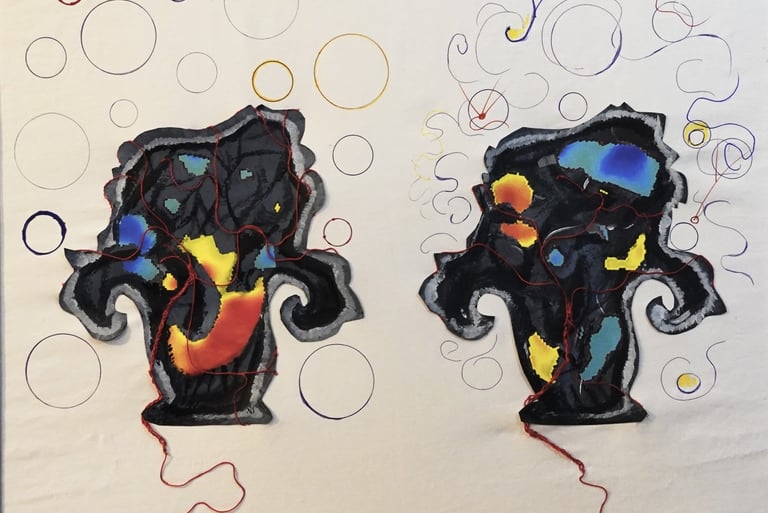

Re: Turning the stories
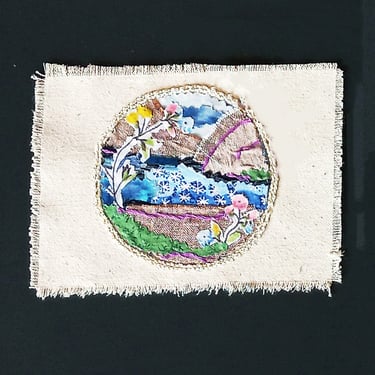
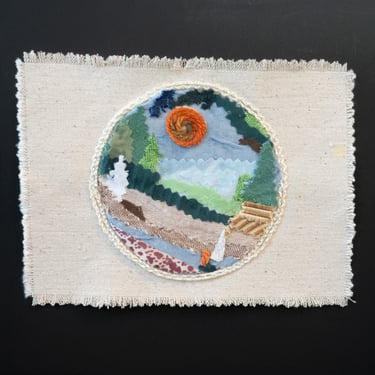
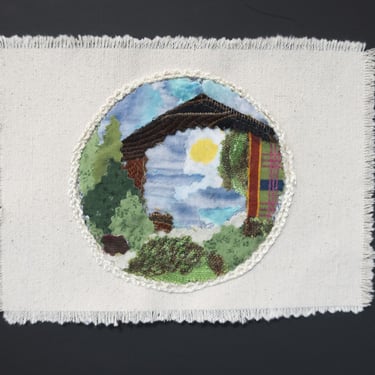
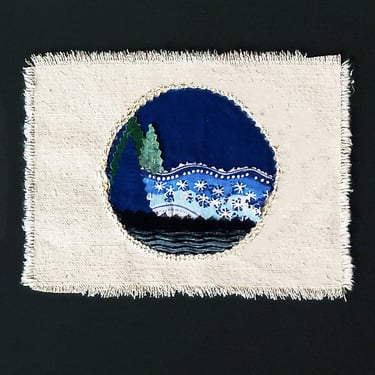
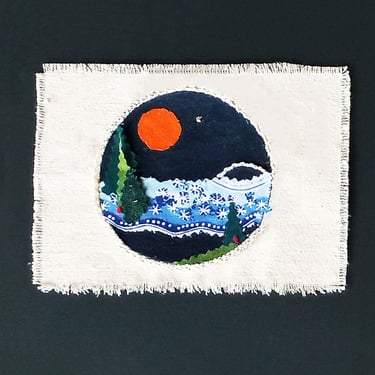
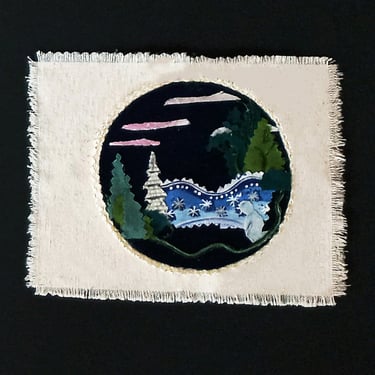
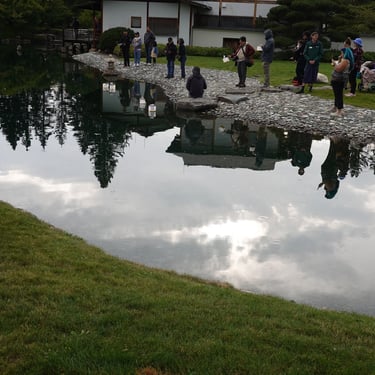
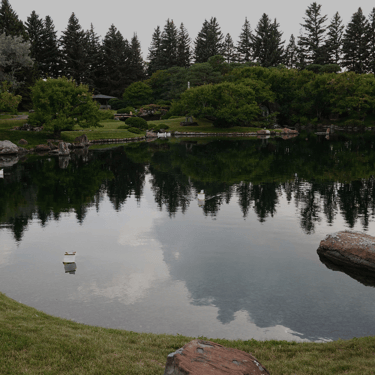
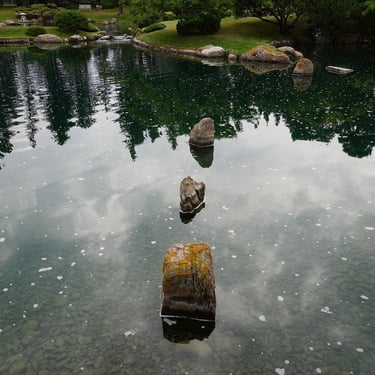
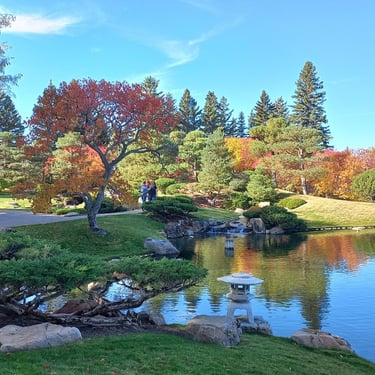
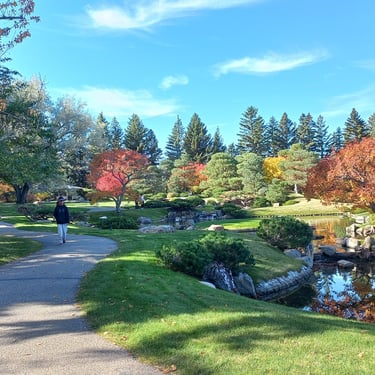
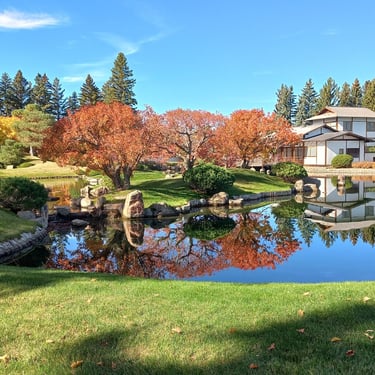
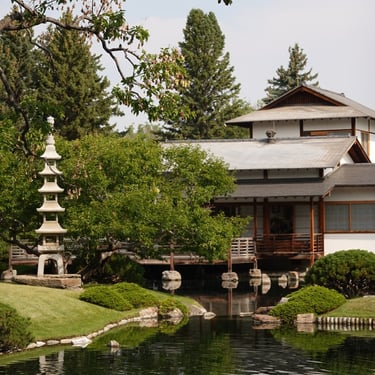
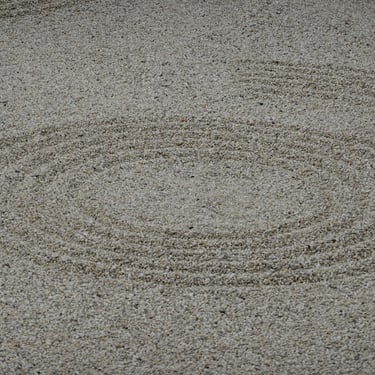
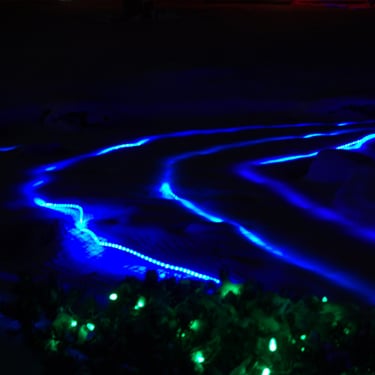
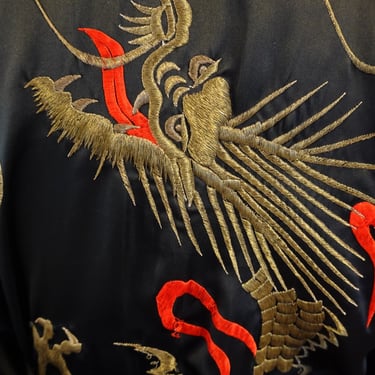
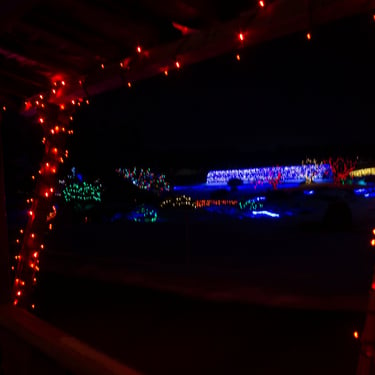
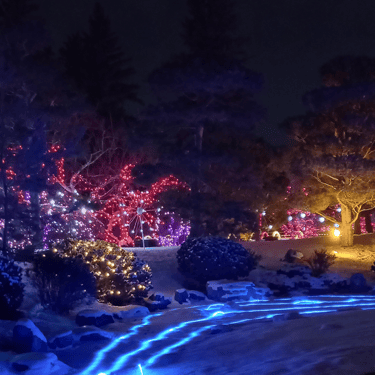
Catching Memories showcases experiences at the Nika Yuko Japanese Garden in Lethbridge, Alberta, Canada, and the history of the Nikkei people in Southern Alberta, who, despite facing challenges, have made significant contributions to the region's agriculture and community.
Japanese culture’s focus on nature, tradition, and aesthetics shapes its art, literature, lifestyle, and religion. My work draws on this, depicting experiences from the Japanese Garden—like "Toro Nagashi," reflections in nature, the Winter Light Festival, and tea ceremonies.
A room divider evokes the intimacy of Japanese interiors for me. Here, I share revived memories using textile materials that connect symbolically to Japan's textile cultural history. Considering the cultural and environmental importance of trees, I sketched invisible tree trunks on the wall and placed works between them.
I aim to preserve and share brief moments of human connection and cultural tradition that unite individuals across time and space.
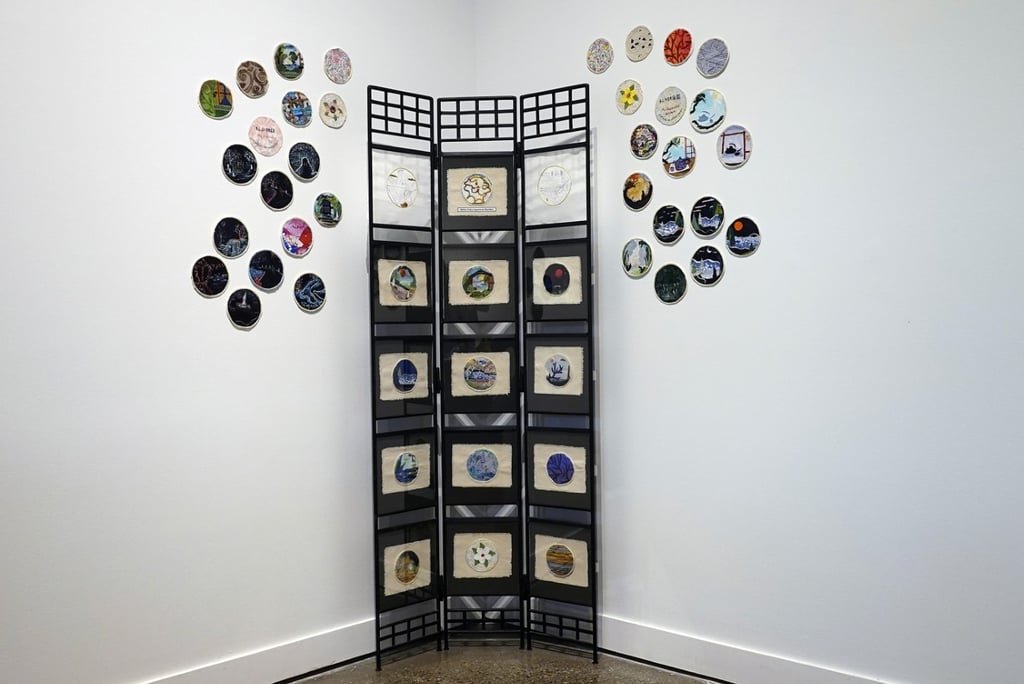

Artwork Details - Photos of the "Toro Nagashi" ceremony and visits to Nikka Yuko Japanese Garden at different times.
Artworks blend multiple materials and artistic techniques.




